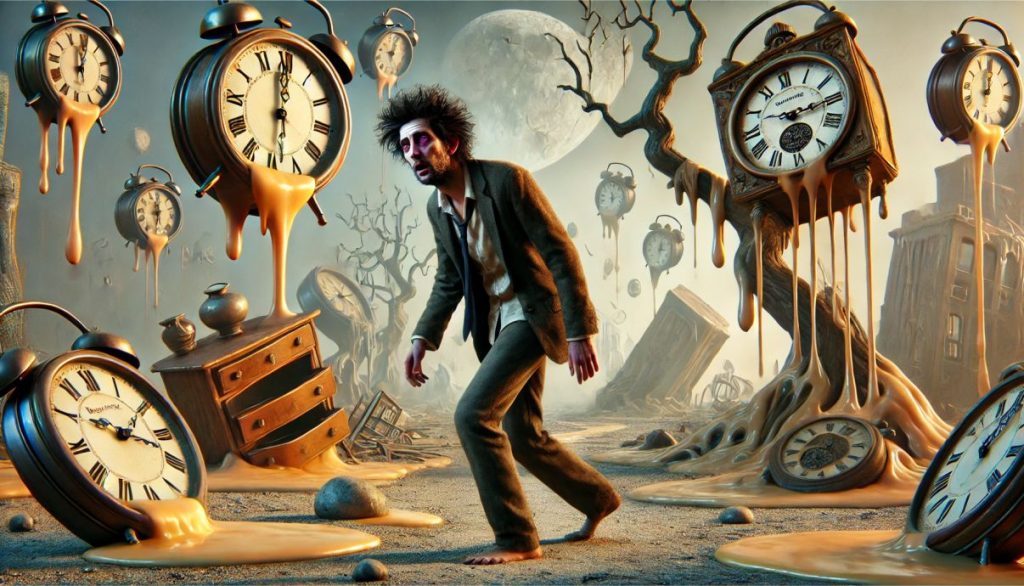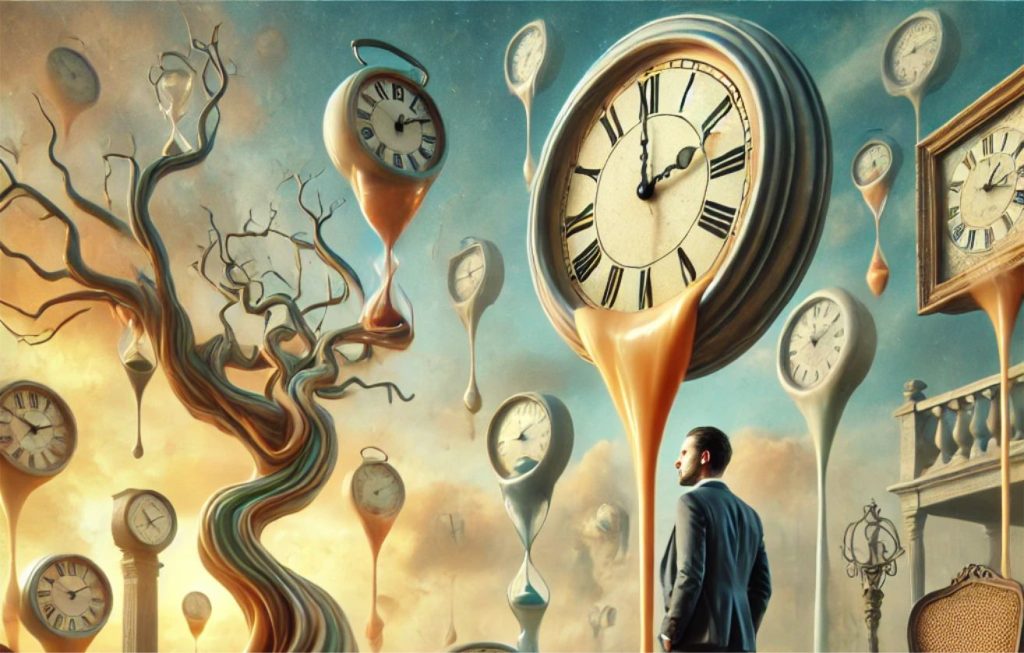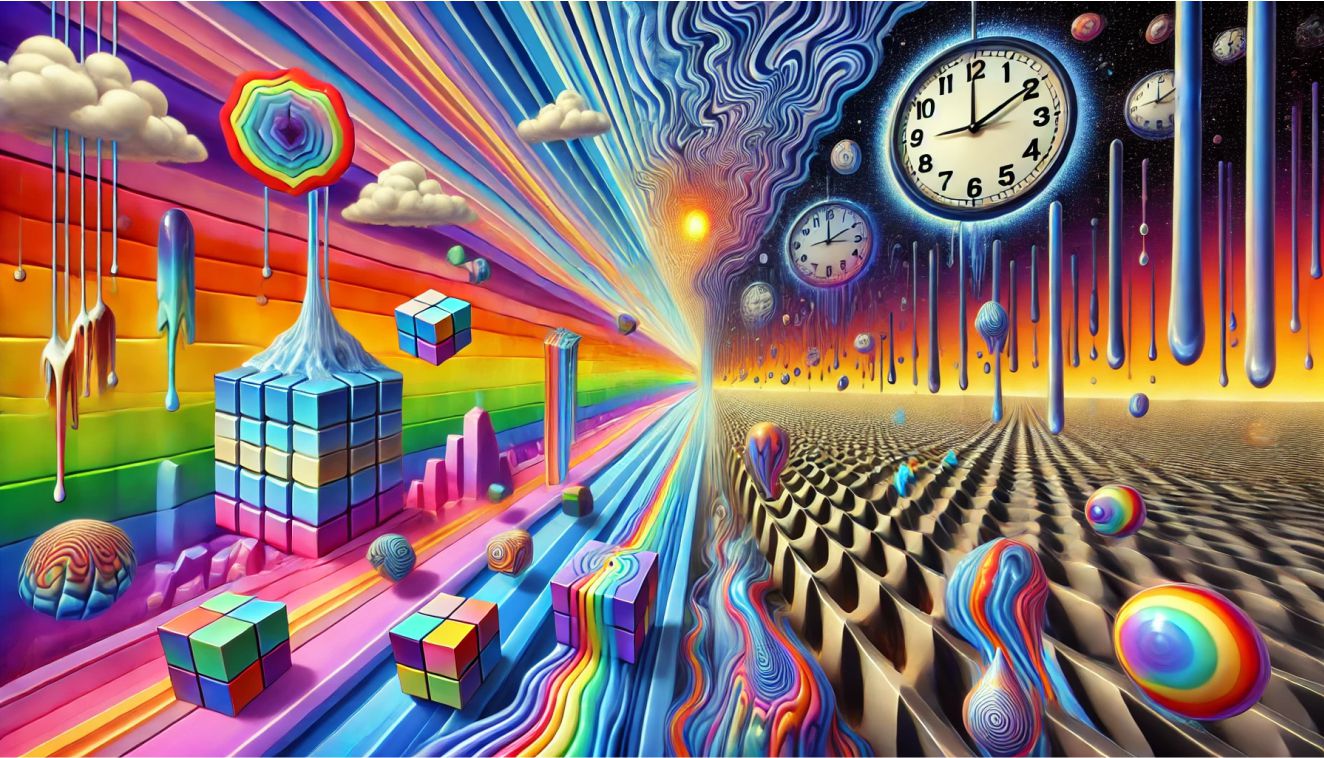Beyond the allure of LSD’s psychedelic effects lies a compelling question: How long does the journey truly last? Here’s a thoughtful exploration of LSD’s duration, from the initial onset to the lingering echoes of the experience.
All to About Know an LSD Trip Length
Table of Contents
Ever wondered what happens during acid trips and how long the experience will last? Whether you’re thinking about trying acid for the first time or are just curious, understanding the duration and effects of an LSD trip is key to enjoying and experiencing the effect of this powerful substance.
What Happens During a Lysergic Acid Diethylamide Trip?
Taking LSD isn’t just a ride—it’s a full-on journey that alters how you see and feel the world around you. When you drop acid, it triggers a series of events in your brain by binding to serotonin receptors, especially those that influence mood and perception. This interaction is what causes the intense visual distortions and sensory shifts that define an acid trip.
The trip usually lasts between 6 to 12 hours, depending on factors like the dosage, your metabolism, and even your mindset. The peak of the experience typically hits around the 2 to 4-hour mark, where acid affects range from euphoric and enlightening to overwhelming or anxiety-inducing if things take a rough turn.
The form of LSD you take—whether it’s a tab, liquid on a sugar cube, or blotter paper—can also affect how quickly the trip kicks in. Once the LSD molecules enter your bloodstream, they make their way to your brain, where the real adventure begins.
How Long Does Acid Really Stay in Your System? Insights on Drug Tests
An acid trip might feel like it stretches on forever, but LSD doesn’t stick around in your body nearly as long as it lingers in your mind. Once the psychedelic ride ends, the drug begins to leave your system, but traces of it may still be detected long after the trip fades. This is crucial information if you’re facing a drug test or need to be aware of the potential legal and professional implications.

Drug tests vary in their ability to detect LSD. Urine tests may pick up traces of the drug for about 8 hours after use, while blood tests extend that window to around 12 hours. Hair tests, though, detect LSD for up to 90 days, making them the longest-lasting method of detection.
However, due to the microdosing nature of LSD—measured in micrograms—standard drug tests often miss it unless specialized testing is used to detect acid. Specialized tests can detect acid for 2-4 days after ingestion, while traditional drug tests often miss the substance itself, instead picking up its metabolite. Even though LSD leaves your body relatively quickly, the effects may outlast the detection window, potentially leading to lingering issues like Hallucinogen Persisting Perception Disorder (HPPD), where sensory distortions continue long after the trip has ended.
The Risks and Lasting Impact of LSD Use: Mental Health Problems
LSD might promise mind-expanding experiences, but it also comes with major risks. A bad trip is one of the most harrowing dangers, where intense hallucinations and overwhelming anxiety could spiral into a frightening, disorienting experience. During these episodes, panic attacks, erratic behavior, and even psychotic breaks are possible, making the trip not just mentally taxing but also potentially dangerous. Beyond the immediate effects, LSD use may be considered a form of drug abuse, leading to both short-term and long-term side effects.

Beyond the immediate effects, LSD use may have lasting consequences. Repeated use may lead to mental health challenges, such as HPPD, where the visual distortions from the trip don’t entirely fade away. Additionally, mixing LSD with other substances may complicate the experience and increase the risk of long-term problems, including substance use disorders. In some cases, LSD use can lead to drug induced psychosis, particularly in individuals with a predisposition to psychotic disorders.
Physically, LSD could also take a toll. Users often experience elevated blood pressure, fluctuating body temperature, nausea, and muscle tension. The symptoms may persist, leaving a lasting impact even after the trip ends. For those with pre-existing mental health problems or a history of substance abuse, the risks associated with LSD are even more pronounced.
The Complex Experience of an Acid Trip
An acid trip is unlike any other drug experience, offering a journey through altered states of consciousness that’s both enlightening and terrifying. When you take lysergic acid diethylamide (LSD), the drug rapidly alters the way your brain processes information, leading to intense psychedelic effects. While the psychedelic effects are profound, there is also a risk of physical harm due to impaired judgment and risky behaviors during an acid trip.
During an acid trip, sensory perception becomes distorted, leading to vivid visual hallucinations, altered sounds, and a sense of time that feels stretched or compressed. The sensations are what make LSD such a powerful hallucinogenic drug, with users often reporting profound changes in their understanding of the world and their place within it.
Explore Psychedelics with Hallucinogenics
At Hallucinogenics, we are dedicated to promoting the responsible use of psychedelics as a powerful tool for personal growth and exploration. Whether you’re curious about LSD trip length, the effects of psychedelics, or simply want to explore more about these substances, we’re here to help.
We serve customers across Canada, including British Columbia, Alberta, Saskatchewan, Manitoba, Ontario, Quebec, New Brunswick, Nova Scotia, Prince Edward Island, Newfoundland and Labrador, Northwest Territories, Nunavut, and Yukon.
FAQs About LSD Trip nLength and Effects
What are the risks of a bad trip?
A bad trip may involve intense fear, paranoia, and disturbing hallucinations. The experiences may lead to lasting psychological trauma, such as severe anxiety or post-traumatic stress disorder (PTSD). It’s important to ensure a safe environment and a positive mindset to minimize the risk of a bad trip.
Is it possible to overdose on LSD?
While LSD overdose is not typically fatal, taking extremely high doses could lead to dangerous physical and psychological effects, including severe agitation, psychosis, and potentially life-threatening behaviors. Immediate medical attention is necessary if someone is experiencing severe symptoms from an LSD overdose.
What should you do if someone is having a bad trip?
If someone is having a bad trip, stay calm, offer reassurance, and create a safe and quiet environment. Avoid overstimulation and, if necessary, seek medical help, especially if the person is a danger to themselves or others.
Does LSD cause lasting changes in mental health?
For some individuals, LSD causes lasting changes in mental health, including the development of hallucinogen-persisting perception disorder (HPPD), where visual disturbances continue long after the trip. There is also a risk of triggering or worsening underlying mental health conditions, such as anxiety, depression, or psychosis.
Is LSD a controlled substance?
Yes, LSD is classified as a Schedule I controlled substance, indicating it has a high potential for abuse and lacks accepted medical use. This classification subjects it to strict regulations and legal penalties.
What is liquid LSD?
Liquid LSD is a form of LSD dissolved in liquid, which can be consumed by dropping it directly onto the tongue or infusing it into another substance like a sugar cube. Its potency can vary, and it is considered highly potent, so caution is advised regarding its dilution and dosage.



